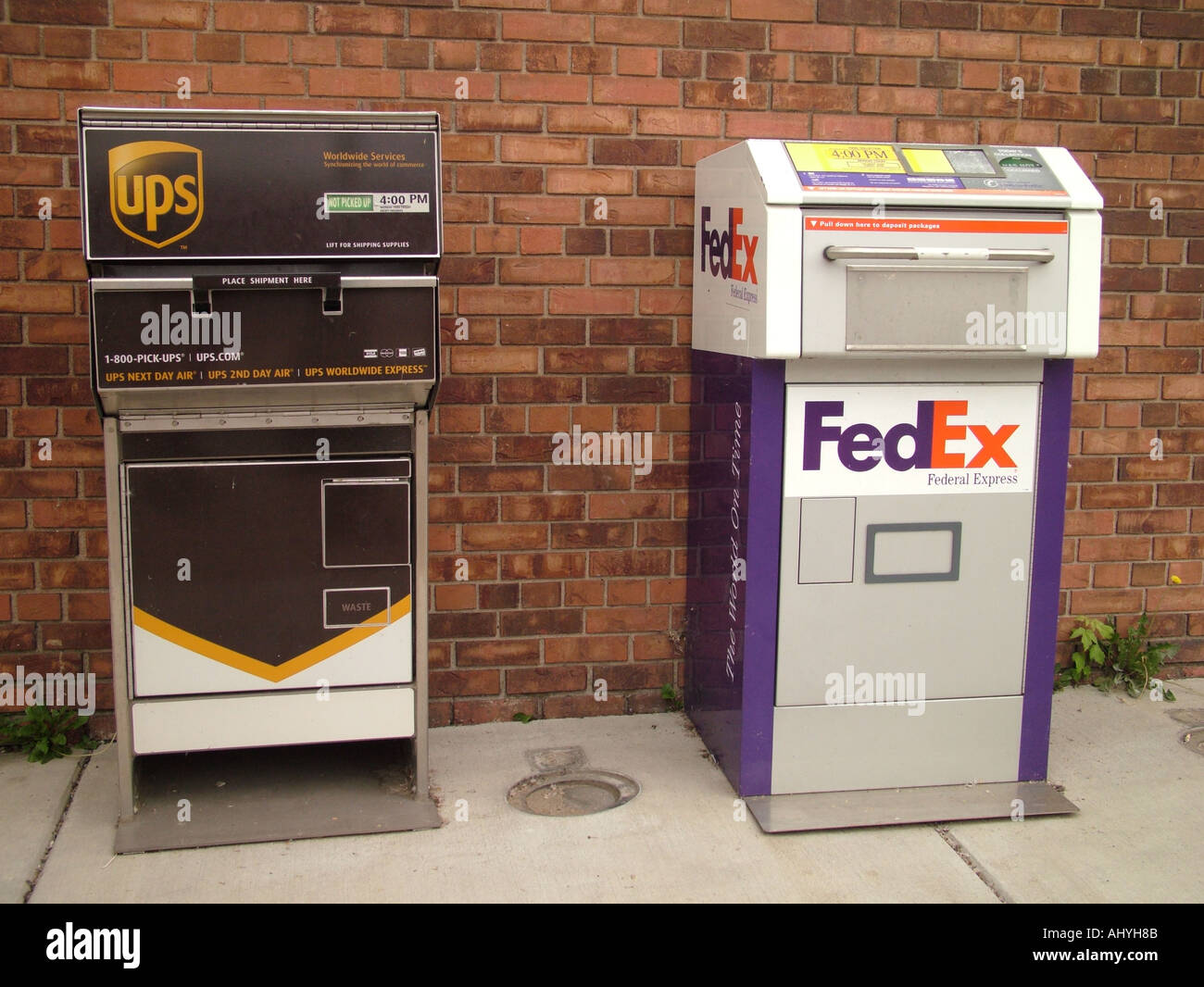

This could be a great timesaver, and the feature also comes with a handful of templates for you to try out, copy and customize. You then save that as a layout, and apply it to any document you wish. Essentially, you can create various styles for your text layout, and set up what the headings, sub headings, paragraphs, and so on, should look like. Something that could be a great addition to the workflow is Auto Styling.

You can add them into a document without any loss in quality, or having to convert them to another format. InDesign now natively supports (some might say finally supports) new image formats that have become very popular lately, such as HEIC, HEIF, WEBP, and JP2K. Best of all, the content you’ve inserted in that way is still editable. And it really is as simple as selecting, copying and pasting. This is such a cool feature, you’ll wonder why it was never implemented before, or how you managed without it before. Instead, moving from one to the other requires a simple copy and paste. You no longer need to create an image in Illustrator, save it, and then bring it into InDesign. One of the big changes with this latest version is even more seamless integration with another one of Adobe’s apps, namely Illustrator.
#UPS DROPBOX NEAR ME FULL#
Full compatibility with modern image formats, and seamless integration between apps.With the 2023 version, many of the new features are designed to help improve and speed up your workflow.Īdobe InDesign 2023: New formats for 2023 This does allow for power, but also an increasing level of complexity.

#UPS DROPBOX NEAR ME PROFESSIONAL#
But it’s important to note InDesign has been created for professional users with a wealth of detail and control that’s hard to beat. Even Microsoft Word can perform some of these functions. After all, there’s very little here that can’t be done with much simpler - and cheaper - software. We might be making it sound simpler than it is. InDesign works by linking content, allowing for greater flexibility - for instance, when making alterations to an image in Photoshop, those changes would be automatically applied to the same file in InDesign. All the basics are there, from adding text, to creating columns, making the text flow between frames, or around an image, and formatting the content, to adding and altering images. If a blank page feels too daunting, you’ll find numerous templates to draw inspiration from, available via Adobe Stock, most of which are free.Īs for building up your document, there’s very little that’s lacking.
#UPS DROPBOX NEAR ME FREE#
InDesign has a lot of default sizes ready to click on and use, but you’re also free to use custom sizes for specific work. As a result, you’ll find InDesign’s workspace immediately recognisable, with the toolbar on the left, properties, and other docked panels on the right, and a menu at the top.īuilding up a document is very simple, starting by choosing the design’s eventual destination (print, web or mobile), and set the dimensions. There will be differences, since each app is geared for a specific task, but familiarity is crucial for a slick workflow, especially if you find yourself jumping from app to app as you work. If you know your way around Photoshop or Illustrator, you’ll understand how InDesign works, and vice versa. One of the main advantages of Adobe - particularly if opting for the All Apps subscription package, is the overall consistency of Adobe’s interface.

Moving a design from Illustrator to InDesign is now as easy as selecting, copying, and pasting.


 0 kommentar(er)
0 kommentar(er)
